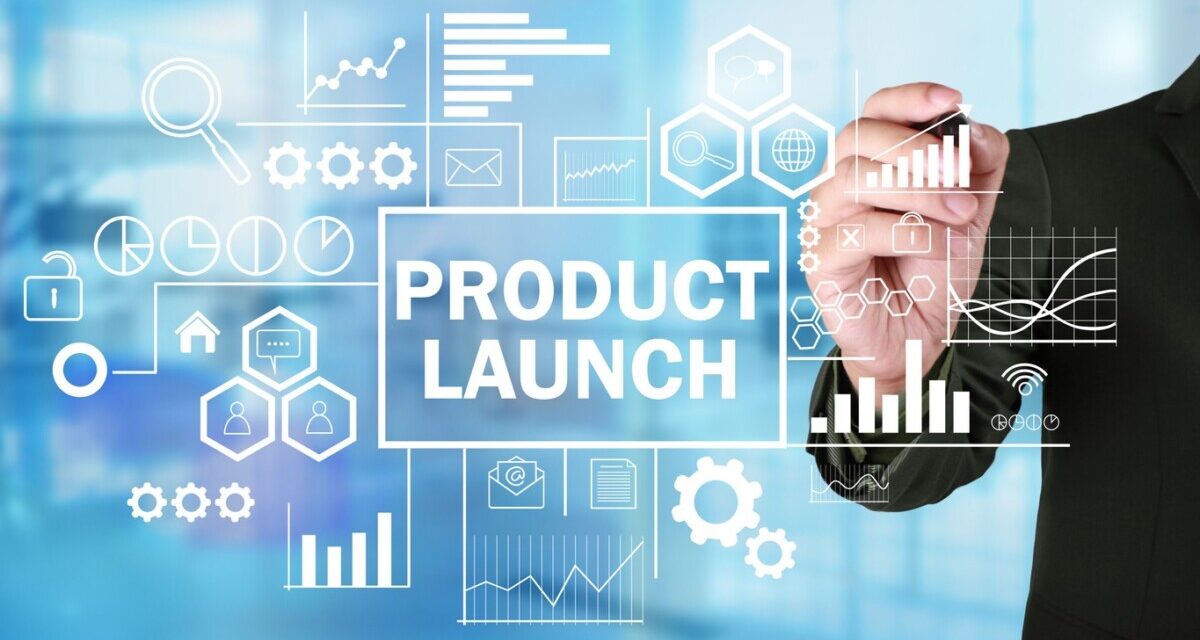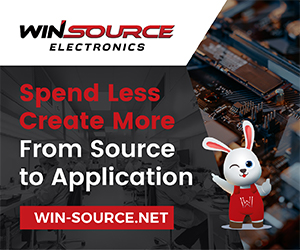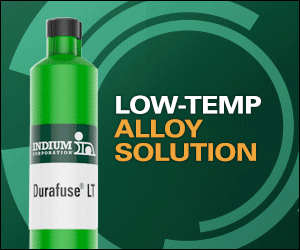The Art and Science of New Product Introduction

By Levente Csapo, Project Manager & EMEA Onboarding Lead, Sanmina

The NPI program at Sanmina was developed over several decades. Because the processes, quality system and IT infrastructure were developed centrally, deployed globally and audited independently, the NPI processes are very robust. The program was designed to support a broad range of customers and markets and the best practices can be leveraged across industries. For example, the chips initially used in network products are now also used in the cars, so previous lessons learned from supporting the telecom market can aid NPI processes for the automotive sector.
NPI Building Blocks
While there are multiple approaches to NPI that vary by product and by industry, in general there are four major building blocks that are followed at Sanmina to initiate a successful NPI program for complex electronics products. Each phase involves many activities that are broken down into their own steps to help streamline the intricacies of NPI and make the overall process more manageable. These include:
Proof of concept, preparation and product review. This is the information-collecting phase when the contract manufacturer (CM ) first receives the product information, bill of materials (BOM) drawings and specifications, process requirements and quality requirements. The NPI team and goals are established, the first project plan is created and all documentation is loaded and organized into an online system for easy reference.
Clear-to-build development. In this phase, teams start designing and developing all of the engineering activities, including the initial process flows. Then, engineers create the first programs and conduct all of the engineering preparation for production on the SMT lines. If the product also has a back end, then the process concept must be completed at this stage. This includes defining what machines and tools are required and everything needed for the first trial or pilot build. For example, the team collects and completes all activities needed to run the first printed circuit board (PCB). Depending on the market segment, there could be different requirements and sets of instructions. Quality process preparation is also performed and includes everything required to validate and calibrate a product. Development of test processes and methodologies also occur during this phase.
Prototyping/pilot build. This is the phase where the first product gets built, prior to mass production. There are many steps within this phase, depending on the market segment. It includes what kind of engineering pre-production pilot builds must take place prior to validating the overall manufacturing process. If it’s a medical product, this phase could take anywhere from six to eighteen months, due to the complexity of what needs to be developed between the pre-production build, the validation build and the start of production.
There are four main steps in this phase that include:
1- Prototype build. In this step, the very first design of the product is created that is not yet considered final or ‘frozen.’
2- Pilot/engineering build. Once the design is frozen, the very first build of the product is created and is used to set up all of the processes required for manufacturing, test and quality control.
3- Process validation build. The product now gets built based on frozen processes and the frozen design. The samples from these builds are used for final product validation that is conducted by the OEM.
4- Production qualification build. The final production trial is then performed to measure all production capabilities under load.
Release to production/serial production. The last big phase is to release the new product into production. The product is still considered to be in the NPI stage as long as engineering involvement is required and until processes are running flawlessly, according to specifications developed during the clear-to-build phase. Once the customer provides full validation approval, then production can begin to ramp up. The ramp could slow, with capacity gradually added each week, or it could be a quick start. It’s important to note that once the new product is in full production, it’s vital to conduct a post mortem and gather lessons that were learned. NPI processes are never just a one way street and it’s important to reflect on the experience and add insights or future steps for the next NPI project.
Valuable Tools
There are several critical tools that can aid NPI. Below are a few of the most important ones that streamline the NPI process while helping practitioners avoid pitfalls, consider alternative approaches and adapt their methods as they discover new best practices:
NPI checklist. Sanmina has a global on boarding initiative that uses NPI procedures in a tool called the NPI checklist, so that everyone around the world approaches NPI using the same basic methodologies. Based on several years of introducing thousands of new products, the checklist is regularly fine tuned step by step and by market segments, so that the main actions to take are very clear. Constantly updating this resource helps teams stay agile and allows them to evolve with technology advancements and avoid major roadblocks.
Gantt chart. A Gantt chart is a key tool that helps project teams link every NPI activity together to see their causal relationship. From there, issues that may arise can be predicted so that preventative actions can be taken. For example, the arrival of key equipment required to make a product is a critical part of the timeline. Equipment arrival can be identified as a risk to the go-to-market deadline and a contingency plan can be created that adds scenarios where existing equipment or a machine on loan from a supplier might be used as a temporary solution.
Risk management plan. Prevention is always easier than trying to find a cure once a problem materializes, so having a risk management plan in place helps to ease any unexpected roadblocks. If you have a well thought out design and Gantt chart that includes details like materials, key team members, training requirements, equipment arrival dates and validation plans, then risks can be defined and assessed for each element. Identifying risk and defining preventive or corrective actions all feed into one of the most important NPI measures — delivering a new product within the expected lead time.
Customer communication tools. There are many other tools for NPI, but what’s most important is to ensure good communication with the customer. This could be through use of the NPI checklist, an NPI action plan, or a software solution that’s preferred by the customer. It’s crucial that the customer is always up to date with what’s happening and can respond during the NPI process. They can also approve certain shortcuts or workarounds. NPI activities don’t always happen according to plan, just like life in general, and the customer could provide a helping hand as needed. As the IT world continues to evolve, more intelligent tools will continue to materialize that will help to automate more predictive aspects of NPI for smarter and more proactive management.
Bringing it all Together
The best approach to navigating NPI is to always be thinking several steps ahead. All of the details involved in NPI can seem scary and time consuming. In reality, if you’ve done your homework up front and there’s a detailed and proactive plan in place, the majority of issues that arise down the road can be solved under less pressure because they’ve already been thought through ahead of time.
NPI is a combination of both art and science, and one size doesn’t fit all. Proactively listening to the customer and being very clear on expectations is critical. Each company will have its own set of instructions and way of working. There will always be adjustments, so flexibility and the ability to fine tune approaches is key. It’s also important not to underestimate working with a brand new customer, which will involve additional workload, time and personal involvement. The final goal of the NPI process should always be the same: excellent quality, flawless execution, fast time to market and a high level of satisfaction from both the OEM and the end consumer.










